Spa wars – the race to be the best retreat in the world
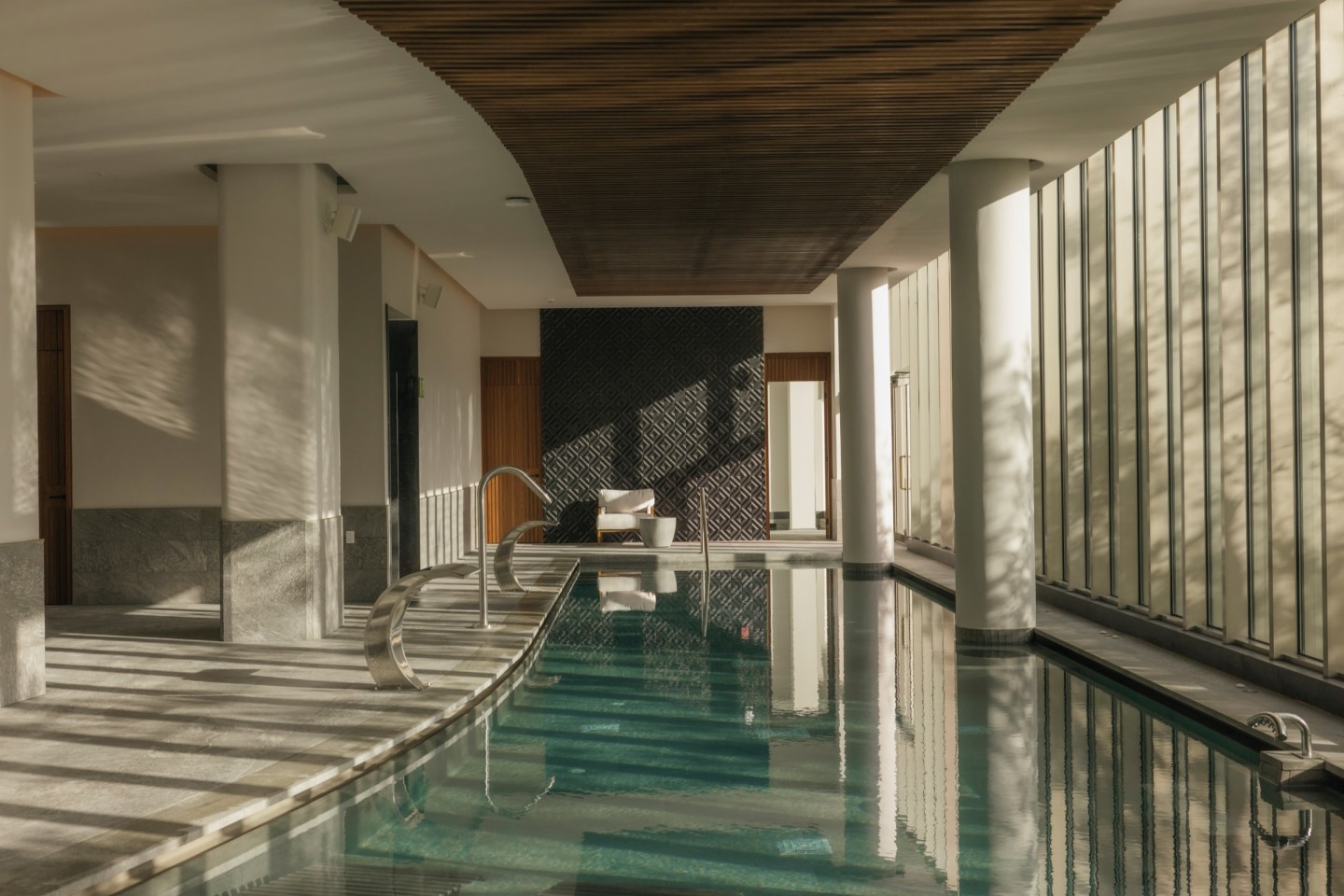
Roula Khalaf, Editor of the FT, selects her favourite stories in this weekly newsletter.
Imagine a spa where workouts are designed by Hollywood fitness instructor Tracy Anderson, the longevity programme has guru Dr David Sinclair on speed-dial, a top New York plastic surgeon oversees tweakments, the pool broadcasts mind-soothing subaquatic music created with neuroscientists, there’s a global menu of massages, the skincare is personalised, and the green juices bespoke – courtesy of nutritionist Rose Ferguson. At the spa 2.0, even the term “spa” feels outdated.
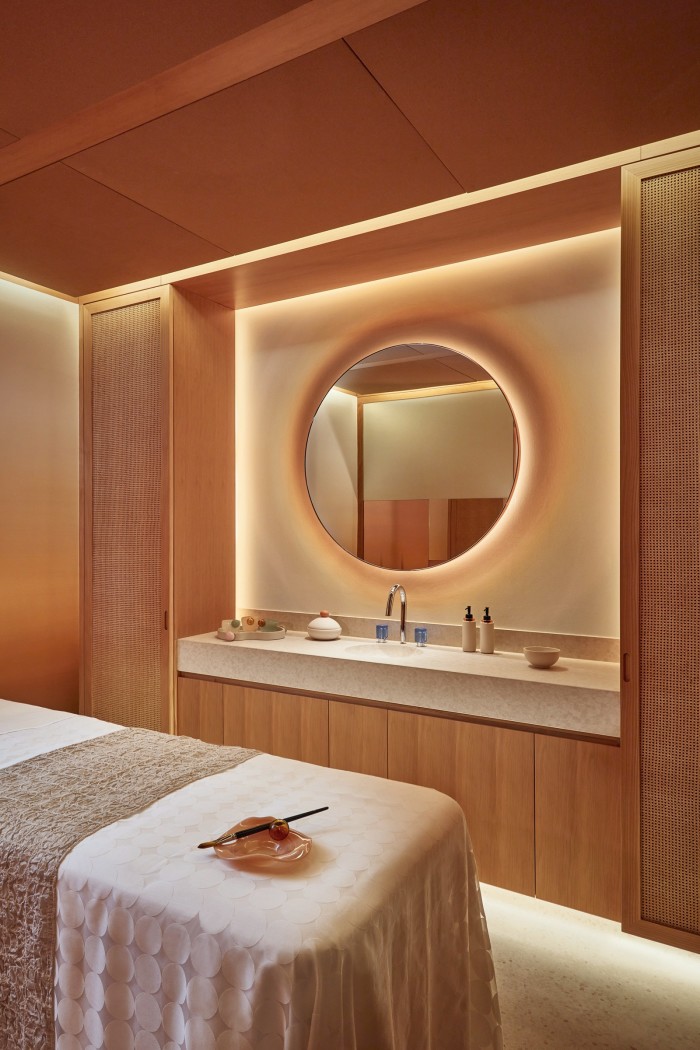
“The word ‘spa’ doesn’t work any more,” says Inge Theron, CEO of design agency Itanda (and former HTSI contributor), which has overseen the development of private members’ club Surrenne. The space is due to open next month, offering all the above services – and more – for a cool £5,000 joining fee plus £10,000 annually. It is situated near Hyde Park, beneath the new Emory hotel (part of the Maybourne group that also includes Claridge’s), and its marriage of pampering and peak performance reflects the shifting priorities of the monied elite. Four subterranean floors will feature wet-zone treatment rooms, and tech such as a medical grade 2.0 hyperbaric oxygen chamber and LED light therapy. The club also benefits from the Maybourne group’s partnership with tech platform Virtusan. Overseen by a scientific advisory board that includes longevity and neuroscience professors, including the likes of Sinclair and Dr Andrew Huberman, it ensures their wellness services will be regularly updated with the latest science. “Scientists are the new rock stars,” says Theron of the board. “There’s a massive gap between spas – where you can get a facial for a birthday treat – and being at the doctors when you’re sick.”
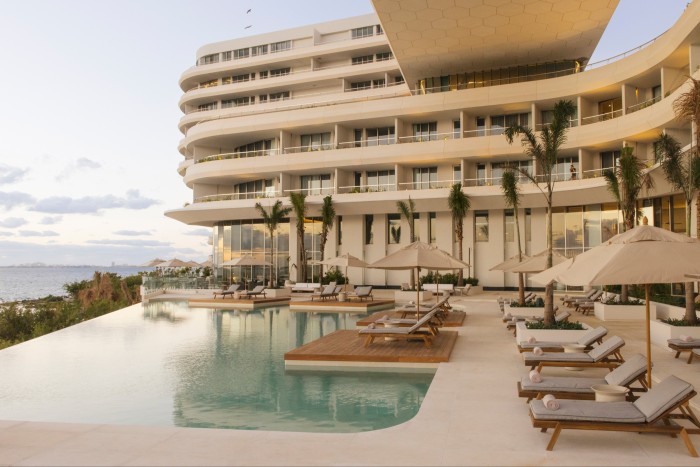
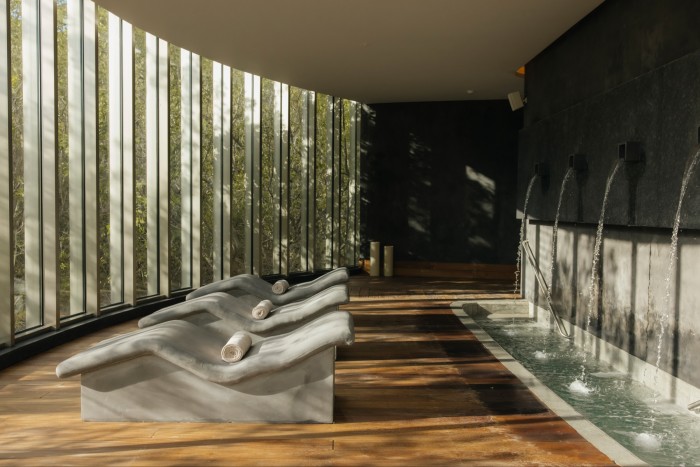
The health and wellness market, currently estimated to be worth some $5.6tn, is set to grow to $7.4tn by 2025. Surrenne is one of a number of hotels, retreats and members’ clubs offering new restorative experiences. These include Estelle Manor with its 3,000sq m Roman bath-inspired concept in the Oxfordshire countryside; the Spa House that can be booked out at Amanpuri, Thailand, with its Vichy shower, banya treatments, steam room, infrared sauna, and indoor and outdoor jacuzzi; and The Bothy by Wildsmith’s array of niche specialists (including “eco-psychologist” and craniosacral therapist) at Heckfield Place. Wellbeing oneupmanship, you could call it.
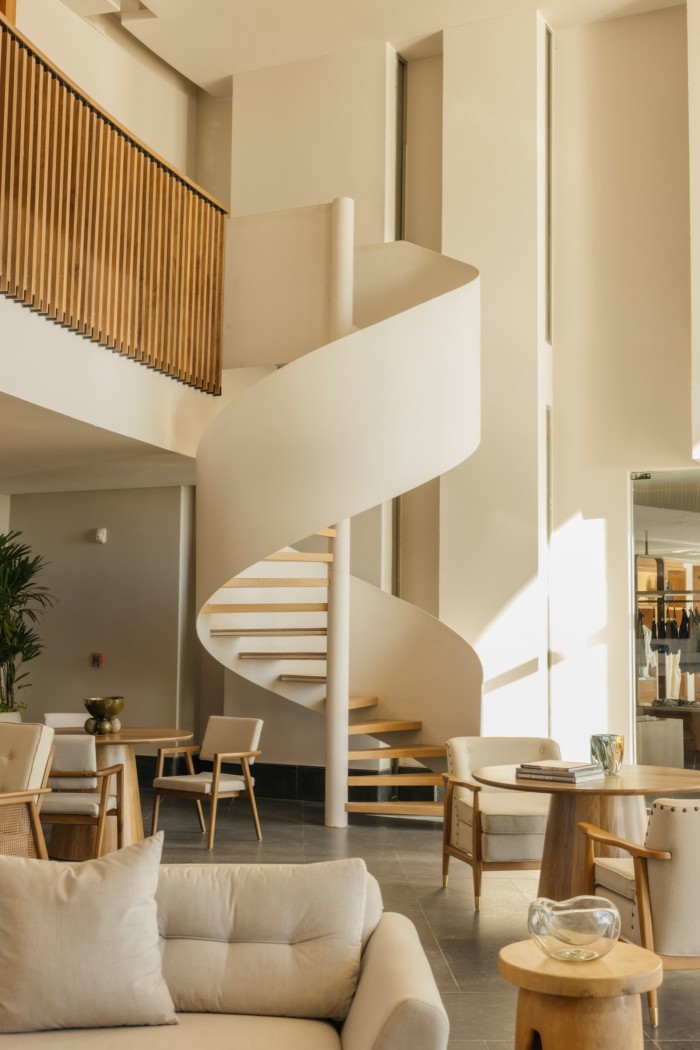
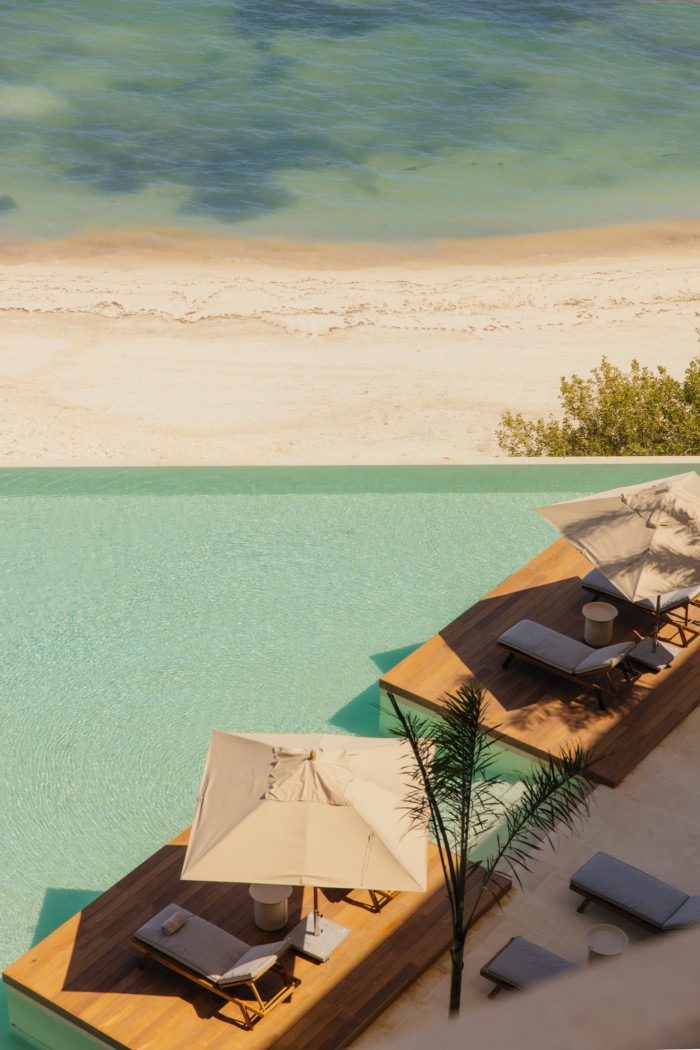
“Wellness tourism is growing faster than leisure tourism, with wellness tourists spending 41 per cent more than the typical international tourist,” says Alejandro Bataller. The vice president and CMO of SHA Wellness is quoting from the latest Global Wellness Institute figures. And he should know: Bataller has just snipped the ribbon at the new outpost of SHA Wellness, Mexico. SHA guests are “probably the most demanding audience we can serve”, he says. “The percentage who haven’t been in a wellness property before is minimal. So you cannot give them anything that isn’t ‘the latest’.” There is, he says, “a need for constant evolution”.
Bataller’s knowledge is based on 15 years’ operating the brand’s sister wellness centre in Alicante, where roughly 55 per cent of guests are repeat visitors, and R&R is a vastly evolved prospect. “Their goals are, firstly, about being well in the present; secondly, preventing many conditions that are related to lifestyle [things like chronic fatigue]; and thirdly, to live longer and better, improving not only lifespan but healthspan.” In the new space, about 20 minutes north of Cancún, these priorities are reflected in an extraordinary building designed to resemble the shape of human DNA. Here, state-of-the-art technology is served alongside views of one of the world’s biggest coral reefs. Think beach holiday with biohacking bells. Some 300 health and wellbeing professionals will offer a wide range of treatments, from the regenerative (cognitive stimulation, cell therapy and gene therapy) to those rooted in shamanistic ritual (such as a Temazcal ceremony: an Aztec sweat-lodge treatment administered by a local specialist). “At the key players in the US you don’t see the level of merging integrative medicine with wellbeing that you do in Europe,” says Bataller.
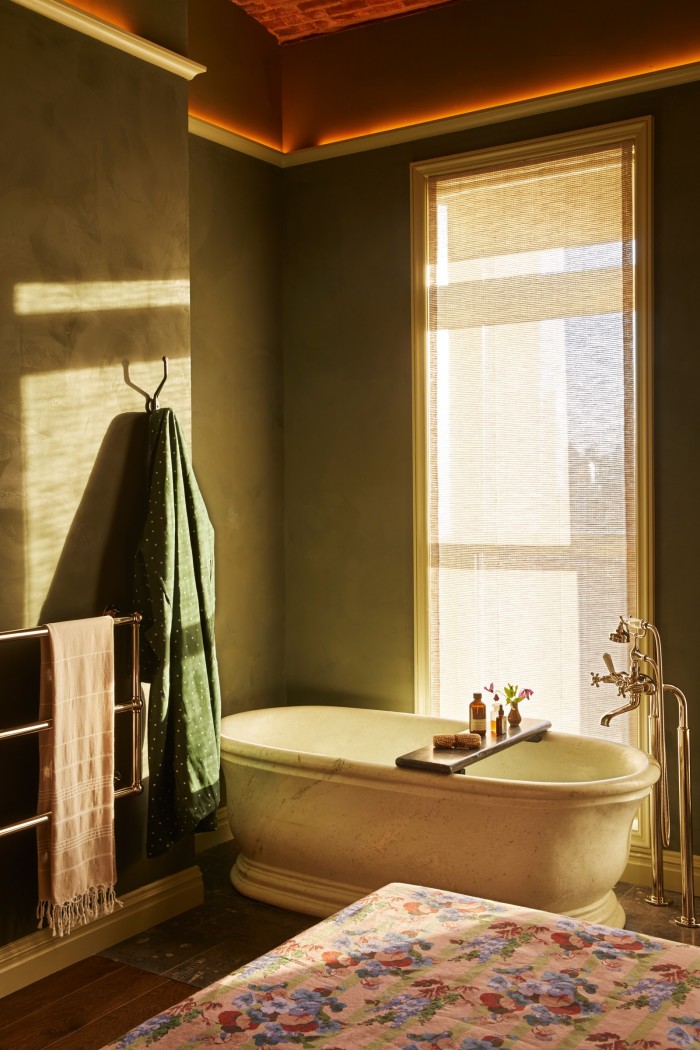
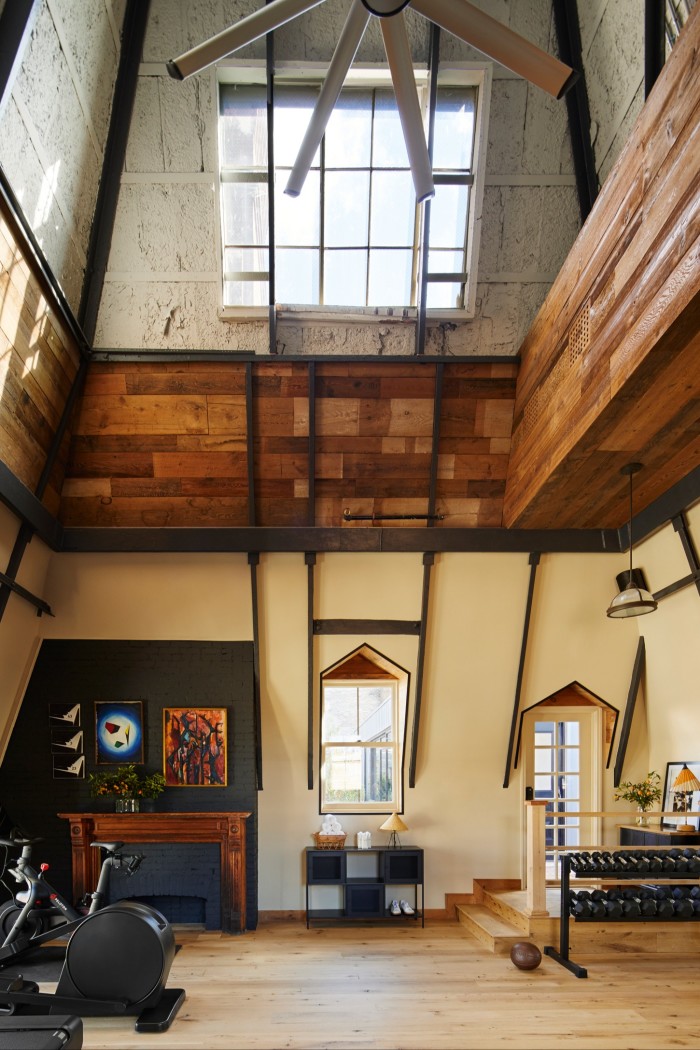
Not so says Ira Drukier, co-owner of the Hotel Chelsea in New York. Global approaches are just different. “Whether you explore an exceptional onsen in Kyoto or a magnificent spa in the Arizona desert, each offers a distinct experience,” he says. His hotel is pulling out the stops in its own urban chic way. Rather than being tucked away in the basement, the spa is on the penthouse level, next to the fitness centre in the historic steeple. Prime real estate usually reserved for high-ticket guest rooms, the space has epic views of the city skyline. It’s a way of elevating the treatment experience, quite literally, and making it unique, says Drukier (though the programme is reassuringly extensive, mixing therapeutic massages, cupping, reiki, craniosacral therapy and chakra alignment). It’s a design move mirrored at the Dorchester Collection’s latest hotel, The Lana, in Dubai, which has partnered with Dior on the 29th-floor spa, with views of the Burj Khalifa.
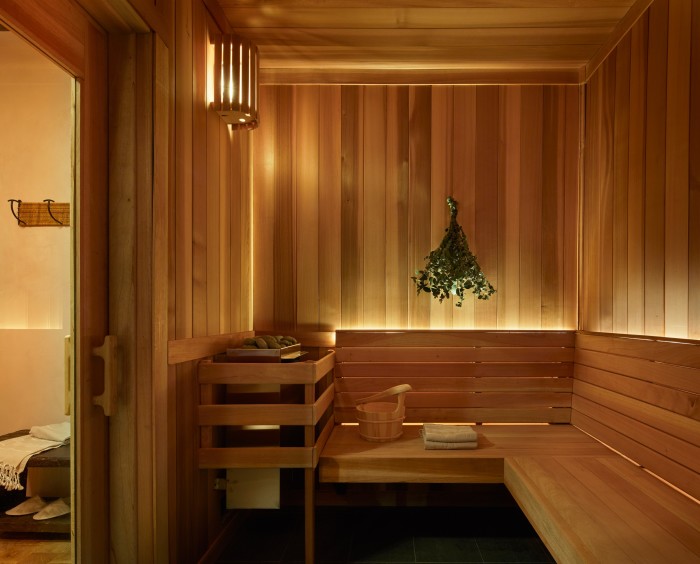
The about-to-open spa at Estelle Manor establishes another foothold in the landscape of British countryside escapes with its Eynsham Baths, set in an ancient woodland and designed in the style of Roman baths. A vast tepidarium bathing hall with ornate marbling features 10 treatment rooms and five thermal pools, including a 40ºC caldarium, and 6ºC frigidarium. “It’s the most bonkers building I have ever built,” says Sharan Pasricha, founder and co-CEO of Ennismore, which also owns The Hoxton hotel chain and Gleneagles. Treatments draw from Indian, Tibetan and Chinese rituals and traditions that have “stood the test of time” – like the Marma Chikitsa with Chakra Healing (120 minutes, £320), recommended for the “emotionally drained or disconnected from themselves”. You’ll also find the only Level 3 Wim Hof breathwork master in the UK, Emma Estrela.
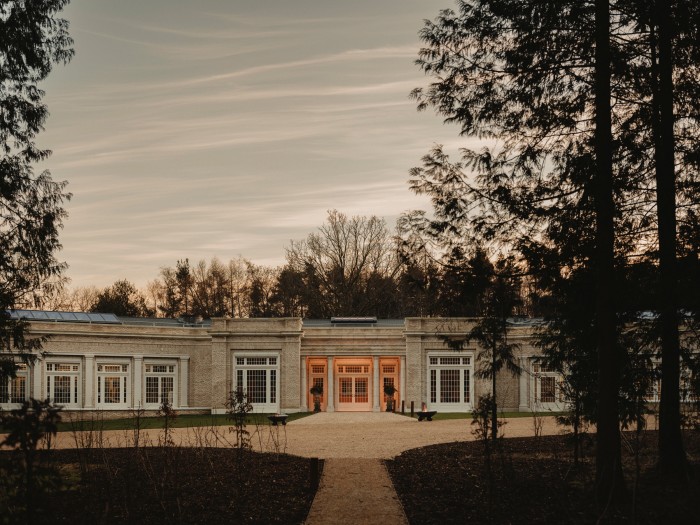
For Pasricha, a spa should “be the place you can truly detach and relax – both alone, for some well-deserved solitude, or with friends for a more social experience”. But while this has ever been the case, today, more than ever, “our clients demand results”, says Vladislav Doronin, chairman, owner and CEO of Aman Resorts, which opens a space in Bangkok later this year. “Some are looking for relaxation, others are seeking to improve their fitness, some are struggling with digestion” – but what they increasingly have in common is a desire to live long and live well. “Living to 100 is the new goal,” says one global wellness-trotter when I ask her what she wants from a resort. “You can look at your liver, your body and if you can find the right environment, you can change things.” The spaces keen to lure the wellbeing pound are but rising to the challenge. “They’re all chasing this golden chalice of ‘we are the best in class’,” she says.
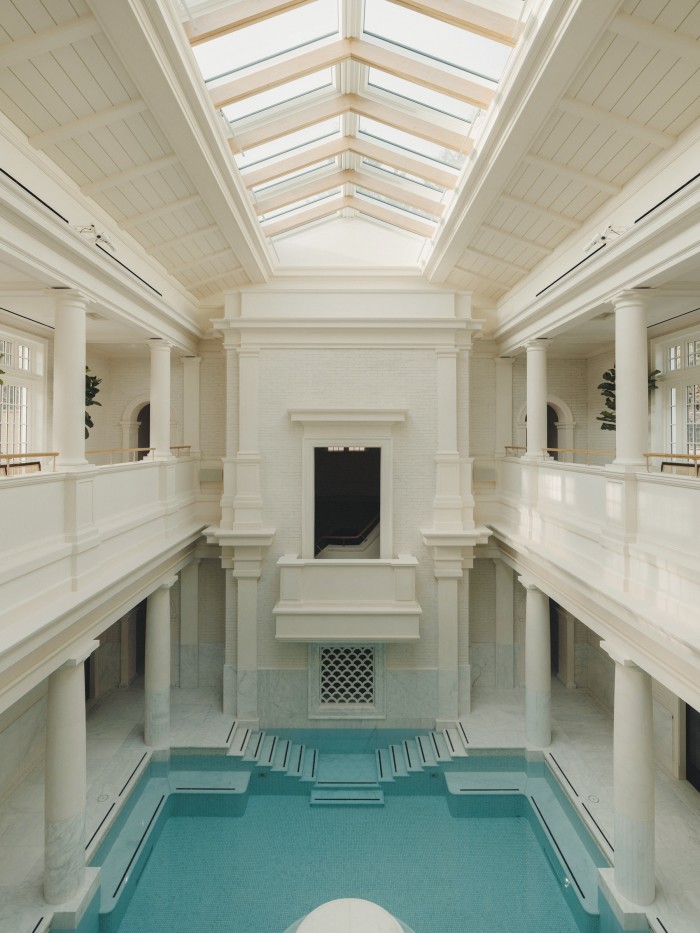
At the soon-to-open Six Senses at The Whiteley in London’s Bayswater, the wellbeing brand strives for a significant point of difference by pairing ancient practices with advanced diagnostics and biohacking equipment. On the one hand, you’ll find “individual and group sound healing, and personalised circadian-rhythm assessments in our offerings”, says Anna Bjurstam, who oversees the brand’s wellness programme. On the other, there’s also cryotherapy, photobiomodulation, sleep science treatments pioneered by Harvard University and Pulsed Electro-Magnetic Field (PEMF) therapy, which uses technology to stimulate and exercise cells to help resolve cellular dysfunction. (A new global programme also means guests can visit as a new client or use the spa and its next-level diagnostics and fitness to follow up on the work done in a more far-flung Six Senses resort.)
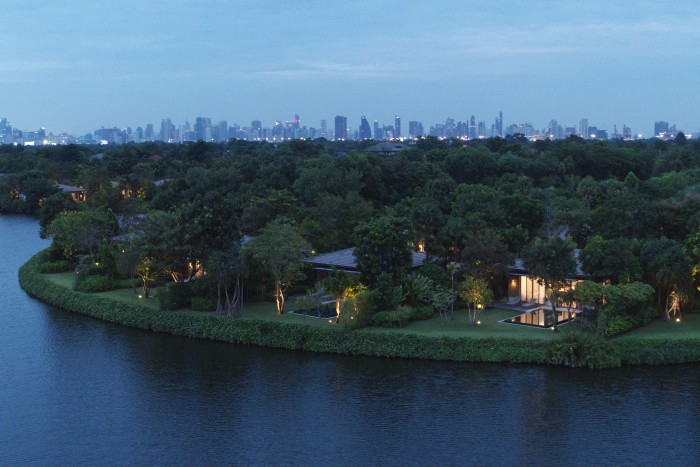
It’s a traditional-meets-medical fusion that destination resorts – in Thailand, Bali and the Maldives – are also adopting to get the competitive edge. Just outside Bangkok, Rakxa wellness retreat has partnered with nearby Bumrungrad International Hospital to up the ante on its holistic offering. Here, each guest now has a multidisciplinary spectrum of seven wellbeing specialists to knit together diagnostics and treatment. “We’ll look at, say, a guest’s lack of sleep, beginning with a hospital-grade sleep test, and assess how it’s affected by stress. We would then incorporate a stomach massage to address the way we hold emotions in our gut,” explains executive vice president Wsinee Sukjaroenkraisri. Likewise, expect a singing-bowl session or an Ayurvedic Shirodhara treatment followed by a hyperbaric oxygen chamber or a brain-boosting IV drip.
The choice is spoiling. Will a roster of leading longevity scientists seduce you? Skyline views during your massage? A bunker full of state-of-the-art diagnostic tech? Massage sessions with a local shaman? Or mindful architecture? In a world where the resort-hopping client is the expert, the spaces are cherry-picking the “best” bits to create their own super-spa. Just don’t call it a spa, will you?
Comments